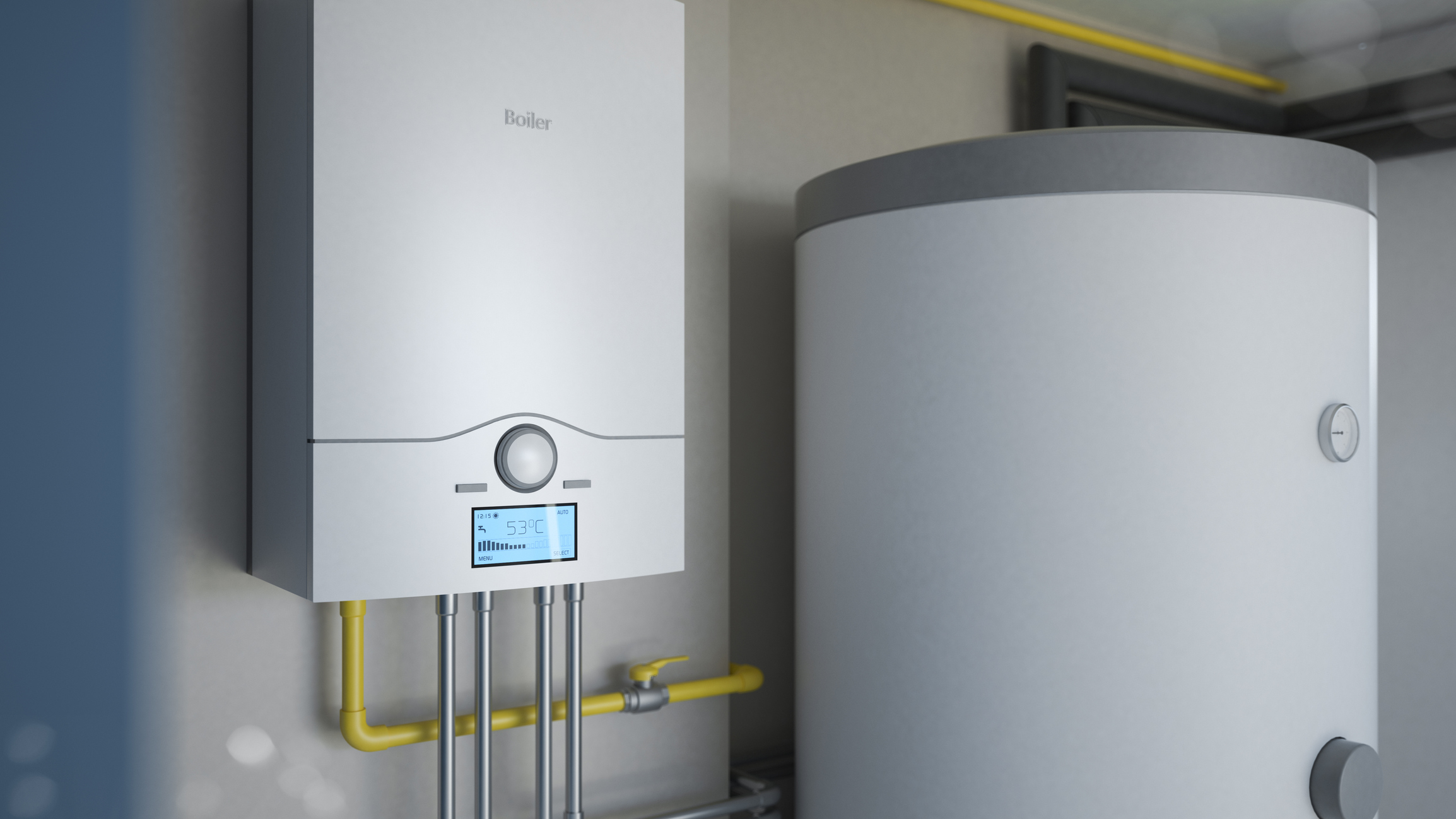Expert Guidance for Caring for Your Home's Hot Water System
Expert Guidance for Caring for Your Home's Hot Water System
Blog Article
Presented here on the next paragraphs yow will discover a bunch of really good tips regarding Tips on Maintaining a Water Heater.

Hot water is vital for day-to-day convenience, whether it's for a rejuvenating shower or washing dishes. To guarantee your warm water system runs efficiently and lasts much longer, regular maintenance is essential. This article gives functional suggestions and understandings on exactly how to maintain your home's warm water system to avoid disturbances and expensive repair work.
Intro
Preserving your home's hot water system could seem challenging, yet with a few simple actions, you can ensure it operates efficiently for years ahead. This guide covers every little thing from comprehending your warm water system to do it yourself maintenance pointers and understanding when to call in expert aid.
Value of Maintaining Your Warm Water System
Routine upkeep not only expands the life expectancy of your warm water system however likewise guarantees it operates successfully. Overlooking upkeep can lead to reduced performance, greater energy expenses, and also premature failure of the system.
Indicators Your Hot Water System Needs Upkeep
Understanding when your hot water system requires focus can avoid significant concerns. Keep an eye out for indications such as irregular water temperature level, unusual sounds from the heating unit, or corroded water.
Recognizing Your Hot Water System
Before diving right into upkeep tasks, it's practical to recognize the fundamental components of your warm water system. Generally, this consists of the hot water heater itself, pipelines, anode rods, and temperature controls.
Month-to-month Upkeep Tasks
Normal monthly checks can help catch minor problems before they rise.
Purging the Water Heater
Flushing your water heater eliminates sediment accumulation, improving efficiency and extending its life.
Checking and Replacing Anode Rods
Anode rods stop deterioration inside the tank. Examining and replacing them when worn is critical.
Evaluating and Adjusting Temperature Setups
Adjusting the temperature settings guarantees optimal performance and safety.
DIY Tips for Maintenance
You can do a number of maintenance tasks yourself to keep your hot water system in leading problem.
Checking for Leaks
Frequently examine pipes and connections for leakages, as these can cause water damage and greater expenses.
Evaluating Pressure Relief Valves
Testing the stress relief valve ensures it functions correctly and prevents too much stress accumulation.
Protecting Pipes
Insulating hot water pipelines lowers warmth loss and can conserve power.
When to Call a Professional
While DIY upkeep is beneficial, some concerns call for professional proficiency.
Facility Issues Calling For Expert Help
Instances include major leakages, electrical problems, or if your hot water heater is continually underperforming.
Routine Professional Upkeep Advantages
Professional upkeep can include comprehensive inspections, tune-ups, and making certain compliance with safety and security requirements.
Conclusion
Normal upkeep of your home's hot water system is crucial for effectiveness, long life, and expense financial savings. By complying with these tips and understanding when to look for professional assistance, you can ensure a trusted supply of hot water without unexpected disruptions.
How to Maintain an Instant Hot Water Heater
Before tinkering with your hot water heater, make sure that it’s not powered on. You also have to turn off the main circuit breaker and shut off the main gas line to prevent accidents. Also turn off the water valves connected to your unit to prevent water from flowing into and out of the appliance. 2. When you’re done, you have to detach the purge valves’ caps. These look like the letter “T†and are situated on either side of the water valves. Doing so will release any pressure that has accumulated inside the valves while at the same time avoid hot water from shooting out and burning your skin. 3. When the purge valves’ caps are removed, you have to connect your hosing lines to the valves. Your unit should have come with three hoses but if it didn’t, you can purchase these things from any hardware or home repair shops. You can also get them from retail stores that sell water heating systems. Read the user’s manual and follow it to complete this task properly. When the hosing lines are connected, open the purge port’s valves. 4. You should never use harsh chemical cleaners or solutions when cleaning your unit. Make use of white vinegar instead. It should be undiluted and you’ll probably use about 2 gallons. 5. Now flush your water heater. This task should probably take about 40 minutes. We can’t give you specific directions for this because the procedure is carried out depending on the type, model and brand of your heater. With that being said, refer to the user’s manual. 6. When you’re done draining the unit, you have to turn off the purge port valves again. Remove the hosing lines that you earlier installed on each of the water valves. Put the valve caps (purge port) back in their respective places and be very careful so as not to damage the rubber discs that are found inside these caps. 7. Now that everything’s back in place, check your user’s manual again to find out how to reactivate your water heating system. 8. Once it is working, turn one of your hot water faucets on just to let air pass through the heater’s water supply pipes. Leave the tap on until water flows smoothly out of it. https://www.orrplumbing.com/blog/2014/september/how-to-maintain-an-instant-hot-water-heater/

We hope you enjoyed our part on Water Heater Maintenance Tips You Can't Afford to Forget. Many thanks for finding the time to browse our article. Enjoyed reading our piece? Please share it. Let another person find it. Thanks for your time invested reading it.
Article Report this page